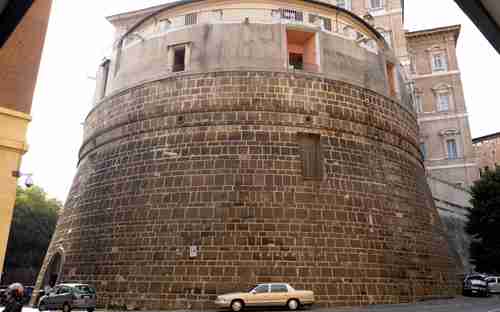The Crisis Era (Fourth Turning) begins when the previous Artist
generation completely loses influence in society, and that happens
almost unvaryingly and inexorably about 58 years after the climax of
the preceding crisis war. The Revolutionary War climaxed in 1782, and
58 years later is 1840. That's when the Crisis era leading to
the Civil War began.
In the 1840 time frame, here's an introductory description to
the Mexican-American war:
<QUOTE>The Mexican-American War (1846-1848) marked the
first U.S. armed conflict chiefly fought on foreign soil. It
pitted a politically divided and militarily unprepared Mexico
against the expansionist-minded administration of U.S. President
James K. Polk, who believed the United States had a “manifest
destiny” to spread across the continent to the Pacific Ocean. A
border skirmish along the Rio Grande started off the fighting and
was followed by a series of U.S. victories. When the dust cleared,
Mexico had lost about one-third of its territory, including nearly
all of present-day California, Utah, Nevada, Arizona and New
Mexico.
Causes of the Mexican-American War
Texas gained its independence from Mexico in 1836. Initially, the
United States declined to incorporate it into the union, largely
because northern political interests were against the addition of
a new slave state. The Mexican government was also encouraging
border raids and warning that any attempt at annexation would lead
to war.
Nonetheless, annexation procedures were quickly initiated after
the 1844 election of Polk, who campaigned that Texas should be
“re-annexed” and that the Oregon Territory should be
“re-occupied.” Polk also had his eyes on California, New Mexico
and the rest of what is today the U.S. Southwest. When his offer
to purchase those lands was rejected, he instigated a fight by
moving troops into a disputed zone between the Rio Grande and
Nueces River that both countries had previously recognized as part
of the Mexican state of Coahuila."<END QUOTE>
http://www.history.com/topics/mexican-american-war
So the United States completely reversed policy, becoming much more
belligerent with respect to Mexico between 1836 and 1844. In 1836,
America avoided war. In 1844, America was much more nationalistic,
ready to embrace war because of "manifest destiny." What changed?
What changed was the end of influence of the preceding Artist
generation, and the rise of the new Nomad generation, and that's the
beginning of America's Fourth Turning, or Crisis Era.
Here's an example from modern times.
In 1991, U.S. and coalition forces had ejected Saddam Hussein's Iraq
from Kuwait, but stopped at Iraq's border. It was known with ABSOLUTE
CERTAINTY that Saddam had WMDs, since they had been used against the
Kurds and Iran in 1988. And yet, despite absolutely certainty that
Iraq had WMDs, and might use them again, a decision was made to ignore
them and stop the military action at Iraq's border, leaving the WMD
issue in the hands of U.N. inspectors. The public were simply not
very concerned about known WMDs in Iraq, or that Iraq might use them
again.
In 2003, U.S. forces were nowhere near the border of Iraq. It was
SUSPECTED that there were WMDs in Iraqi labs somewhere. That was
enough to launch a major military action inside Iraq. Whether you
love George Bush or hate him, there's no doubt that the public were
enormously concerned about WMDs in 2003, but were NOT concerned in
1991.
What changed? The Silents (the Artists of WW II) lost influence about
58 years after the climax of WW II, and Generation-X (the new Nomad
generation) was rising in 2003. That's when America's new Crisis Era
began. That's what changed between 1991 and 2003, and by the way
that's when all the criminal activity began in the banks, leading to
the current global financial crisis, which is far from over.






 And, I'm joking when I say that.
And, I'm joking when I say that.



